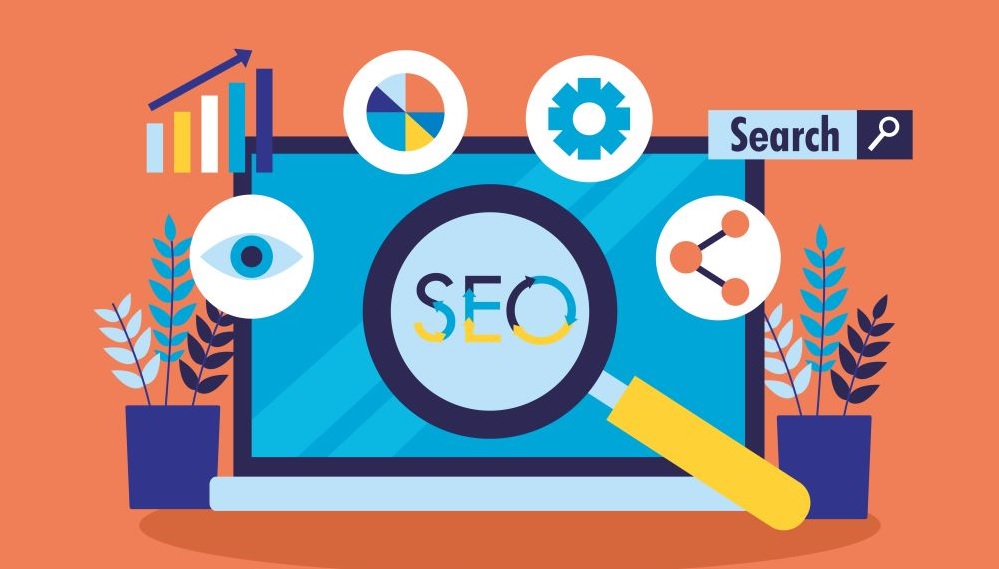As Google’s algorithms grow smarter, SEO in 2025 demands more than keyword stuffing and backlink spamming. The game has shifted toward user-centricity, technical precision, and adaptability to AI-driven search. This article reveals Google’s hidden ranking levers, blending emerging trends with actionable strategies to help you outrank competitors. From decoding semantic search to leveraging zero-click SERP features, here’s your roadmap to SEO dominance.
1. Understanding Google’s Algorithm: AI, Intent, and Semantic Mastery
Google’s 2025 algorithm is a blend of AI sophistication and user intent precision. Here’s how to align with its hidden rules:
A. The Rise of Search Generative Experiences (SGE)
Google’s AI Overviews now dominate SERPs, answering queries without clicks. To thrive:
- Optimize for Q&A Formats: Structure content with clear headings like “How to…” or “Why does…” to target snippet positions.
- Prioritize Concise Answers: Provide 40–60-word summaries at the start of sections, backed by authoritative sources.
- Leverage Structured Data: Use schema markup (FAQPage, HowTo) to help AI parse your content.
B. Semantic SEO: Beyond Keywords
Google now evaluates topical depth and contextual relevance. Tools like Clearscope and MarketMuse analyze competitor content gaps, ensuring your articles cover subtopics exhaustively. For example, a guide on “Sustainable Fashion” should address materials, ethical labor, and carbon footprint—not just product lists.
Critical Analysis: While AI tools streamline research, over-reliance risks homogenized content. Balance automation with human creativity to inject unique insights, like case studies or proprietary data.
2. On-Page: Content, UX, and E-E-A-T
A. Content That Converts: Quality Over Quantity
- Solve for Search Intent: Analyze top-ranking pages for your target keyword. If they’re listicles, create a more comprehensive version (e.g., “150 SEO Tools” vs. “10 Tools”).
- Refresh Old Content: Update stats, CTAs, and multimedia in high-traffic posts to combat content decay.
- Add “Hooks”: Incorporate data-driven claims, templates, or interactive tools (e.g., ROI calculators) to earn backlinks.
B. E-E-A-T: The Trust Imperative
Google’s 2025 updates prioritize Experience, Expertise, Authoritativeness, and Trustworthiness. Boost E-E-A-T by:
- Showcasing Authors: Add detailed bios with credentials and links to published work.
- Fact-Checking Rigorously: Cite peer-reviewed studies or industry reports, especially for YMYL (Your Money Your Life) topics.
- Highlighting Reviews: Encourage genuine customer reviews and respond thoughtfully to build credibility.
Critical Analysis: E-E-A-T rewards authenticity but penalizes superficial efforts. A medical site quoting a PhD will outperform one using anonymous writers, even with identical content.

3. Technical: Speed, Structure, and Mobile-First Indexing
A. Core Web Vitals: The UX Gatekeeper
Google’s 2025 benchmarks demand:
- LCP (Loading Speed): <2.5 seconds. Compress images with WebP and defer non-critical JavaScript.
- INP (Interactivity): <200ms. Simplify forms and minimize third-party scripts.
- CLS (Visual Stability): Reserve space for dynamic ads to prevent layout shifts.
B. Mobile-First Indexing
- Responsive Design: Ensure text, buttons, and media adapt seamlessly to all screens.
- Accelerated Mobile Pages (AMP): Prioritize for news or recipe sites needing instant loads.
C. Site Architecture and Internal Linking
- Topic Clusters: Group related content (e.g., “Local SEO Tips” → “Google Business Profile Optimization”) with strategic internal links.
- Link Equity Distribution: Use tools like Screaming Frog to identify high-authority pages and funnel juice to newer content.
4. Off-Page: Links, Local SEO, and Brand Signals
A. Building a Unicorn Link Profile
- Original Research: Publish studies with unique data (e.g., “2025 Consumer Behavior Report”) to attract .edu and .gov backlinks.
- Guest Collaborations: Partner with niche influencers for co-authored articles or podcasts.
- Monitor Toxic Links: Use Ahrefs or SEMrush to disavow spammy domains.
B. Local SEO: Hyperlocal Dominance
- Optimize Google Business Profile (GBP): Use AI-generated descriptions, accurate hours, and geo-tagged photos.
- Localized Content: Create neighborhood guides (e.g., “Best Cafés in Brooklyn”) with embedded maps.
- Citation Consistency: Ensure NAP (Name, Address, Phone) matches across directories like Yelp and Yellow Pages.
Critical Analysis: Local SEO success now hinges on community engagement. Sponsoring local events or collaborating with nearby businesses can amplify GBP visibility.
5. Emerging Trends: Voice Search, Video SEO, and Zero-Click Optimization
A. Voice Search: Conversational Queries
- Long-Tail Keywords: Target natural phrases like “Where can I find vegan bakeries near me?”.
- FAQ Sections: Answer common questions in a conversational tone.
B. Video and Visual Content
- Optimize Video Metadata: Include transcripts, timestamps, and keywords in descriptions.
- Leverage YouTube SEO: Use chapters and end screens to boost watch time.
C. Zero-Click SERPs: Surviving the “No-Click” Era
- Featured Snippets: Use bullet points, tables, and step-by-step guides to claim Position 1.
- Knowledge Panels: Optimize Wikipedia entries and structured data to control brand narratives.

As of early 2025, Google’s dominance in the global search engine market has shown slight fluctuations. According to Statcounter, Google’s market share dipped below 90% during the last quarter of 2024, marking the first time since 2015 that it fell to such levels. Specifically, in December 2024, Google’s share was 89.73%, with Bing at 4%, Yandex at 2.3%, Yahoo! at 1.3%, DuckDuckGo at 0.7%, and Baidu at 0.67%.
Critical Analysis: The Double-Edged Sword of AI in SEO
While AI tools like ChatGPT expedite content creation, they risk stifling originality. For instance, auto-generated product descriptions often lack the nuance of human storytelling, harming E-E-A-T. Conversely, AI-driven analytics (e.g., BrightEdge) can predict ranking opportunities by analyzing SERP volatility, giving agile marketers an edge. The key is to use AI as a supplement, not a replacement, for human expertise.
Conclusion: Future-Proofing Your SEO Strategy
Ranking in 2025 requires a mix of technical rigor, user empathy, and adaptability. From optimizing for AI Overviews to earning trust via E-E-A-T, the brands that prioritize value over shortcuts will dominate. Regularly audit your strategy using tools like Google Search Console and SEMrush, and stay ahead of shifts like voice search and SGE. Remember: SEO isn’t a sprint—it’s a marathon where the finish line keeps moving.
Ready to Implement These Strategies? Start by auditing your site’s Core Web Vitals, refreshing top-performing content, and experimenting with AI tools for keyword clustering. The future of SEO is here—will you lead or follow?


